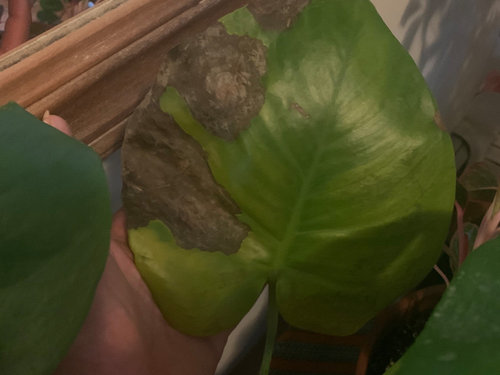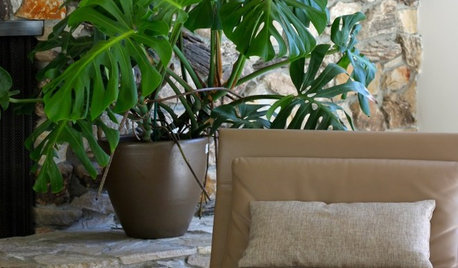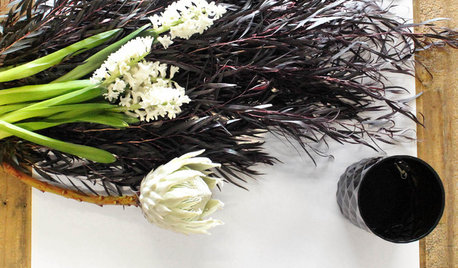

Hello,
New poster here, and thank you in advance for any advice.
I Purchased a medium – large Monstera in June that was doing really well during the first few months. There was lots of new growth, and Bright healthy Green leaves. Sometime in August the plant stopped thriving or growing. Any new growth that popped up, had brown tips, and during the last month or two, the bottom leaves have started yellowing and browning. I potted it in a standard organic potting soil, and have been fertilizing it with fish emulsion every other watering at half strength. I make sure to not water until the soil is dry. I typically test by putting my finger in to my second knuckle, it never gets watered any more frequently than every 10 days.
It seems to be accepting the fertilizer well, there’s no crust on the top layer of the soil. I live in a garden floor apartment, and the plant is placed 3 feet from a west facing window, a little bit to the left. Across the street is part open sky, part tall building and we have a bushy tree on our sidewalk.
After I repotted it, I noticed that the water sits on top for a moment, but then drains through pretty quickly. As time has gone by, the water pools less and less. The larger leaves nearest the window are deep green large and beautiful, but the leaves on the bottom and in the back are the parts I am having the issue with. It started with just the small leaves that have no splits, but now some of the larger leaves are beginning to yellow or brown or both.
I’m getting confused if this is an under watering issue, an overwatering issue, a soil drainage issue, a light issue, or some combination of each.
I’ve begun to be a bit more proactive about watering the plant, if anything it felt like I was watering it too infrequently. This issue started after a two week vacation with no plant sitter, and I often go at least two weeks between waterings. I have also started misting the aerial roots daily
I’ve been wondering if changing the potting soil would be the fix. I have organic cactus soil and organic standard potting soil. I was thinking of making it equal parts cactus soil, perlite, and for bark. I also have Pete Moss, but the Pete Moss seems to hold water in my other plants.
Any advice? Should I adjust the soil? If so, what soil blend do you recommend? If it’s not getting enough light, would adjusting the soil help? Or do you think it needs to be closer to the window. I just bought a moss pole, would that add any benefit to the issue?
Thank you so much!
















Nature lover
tapla (mid-Michigan, USDA z5b-6a)
Related Professionals
Prairie Ridge Landscape Architects & Landscape Designers · Coeur d'Alene Landscape Contractors · Galt Landscape Contractors · New Cassel Landscape Contractors · Paso Robles Landscape Contractors · Round Lake Landscape Contractors · Minnetonka Window Contractors · Edmond Landscape Contractors · Mount Sinai Landscape Contractors · Brooklyn Center Landscape Architects & Landscape Designers · Gainesville Landscape Contractors · Kettering Landscape Contractors · Lemoore Landscape Contractors · Teaneck Landscape Contractors · Coral Gables Window Contractors